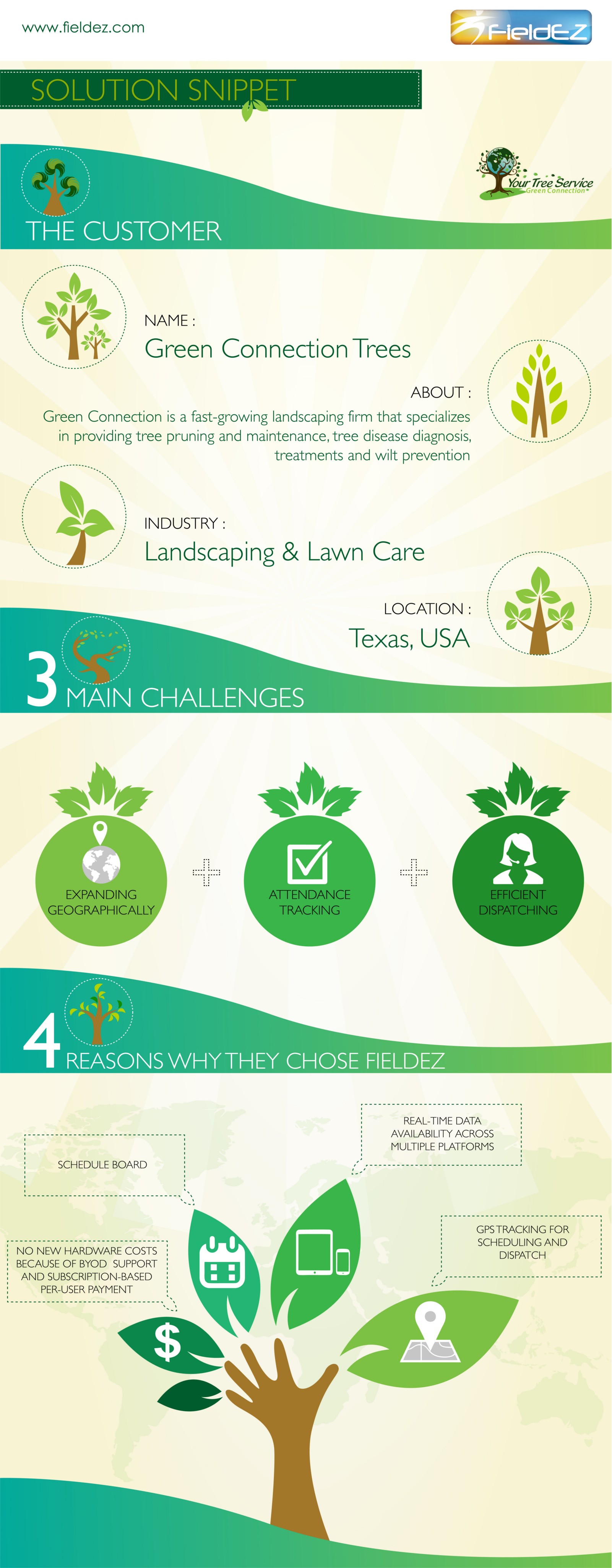The Future Of Trees: Just How To Recognize When Removal Is Needed
The Future Of Trees: Just How To Recognize When Removal Is Needed
Blog Article
Short Article By-Dale Goldman
If you have actually ever before wondered about the destiny of the trees on your building, comprehending when it's time for elimination is critical. But how do you establish if a tree can be saved or if elimination is the only alternative? By trying to find specific indicators and reviewing safety risks, you can make enlightened decisions that profit both your landscape and your environments. Allow's explore the essential elements that come into play when deciding the fate of a tree and how you can make sure the best result for your green friends.
Indicators of Tree Decrease
If you observe any one of the following signs of tree decrease in your yard, it might be time to consider tree removal.
One typical sign is dead or decaying branches, which can indicate underlying issues influencing the tree's health and wellness. Watch out for discolored or wilted leaves that persist even with correct care, as this could be a sign of illness or parasites.
An additional warning signal is extreme leaning or a recognizable change in the tree's base, which might recommend root issues or structural instability. Watch out for fungal development on the trunk or origins, as this can indicate rot and endanger the tree's stability.
In addition, if you observe big splits in the trunk or major arm or legs, it's critical to attend to these problems promptly to stop possible hazards. Attending to these indications of tree decline quickly can help keep the safety and looks of your backyard environment.
Safety Concerns
To ensure the health of your home and those around you, prioritizing safety and security problems related to trees is critical. Trees can position different safety and security dangers otherwise effectively kept. Dead or rotting branches might fall unexpectedly, threatening individuals or destructive structures.
Leaning trees can likewise be harmful, particularly if they're leaning towards a structure or power lines. Additionally, trees with considerable root systems near foundations or underground energies can trigger considerable damage over time.
It's critical to regularly evaluate your trees for any kind of indicators of potential danger. Watch out for fractures in the trunk, big tooth cavities, or indicators of disease and decay. If you observe any one of these concerns, it's best to speak with a specialist arborist to analyze the situation and determine the essential course of action.
Taking proactive actions to address safety and security worries immediately can protect against mishaps and home damage in the future. Keep in mind, the security of your property and those around you must constantly be the top priority when it comes to tree upkeep.
Consulting an Arborist
When considering the health and wellness of your trees, getting in touch with an arborist is an important step. simply click for source are educated experts who specialize in the treatment and maintenance of trees. They can analyze the total health and wellness of your trees, recognize any issues such as illness or structural problems, and offer experienced recommendations on the most effective strategy.
By seeking advice from an arborist, you can receive useful understandings right into the problem of your trees and identify whether removal is essential. just click the up coming website have the knowledge and experience to evaluate the threats associated with maintaining a tree versus removing it. They can additionally use advice on alternative solutions, such as pruning, cabling, or supporting, to assist protect the tree whenever feasible.
Additionally, arborists can assist you navigate any type of local regulations or permits that might be needed for tree removal. Their knowledge can make sure that the procedure is executed securely and in conformity with any type of appropriate laws.
Conclusion
In conclusion, when figuring out whether trees can be conserved or if removal is required, it is necessary to consider signs of decline and security concerns. Consulting an arborist for a complete assessment is necessary in making the best choice for the tree's health and potential dangers. Keep in mind, positive care and prompt action can aid preserve trees and prevent accidents.
